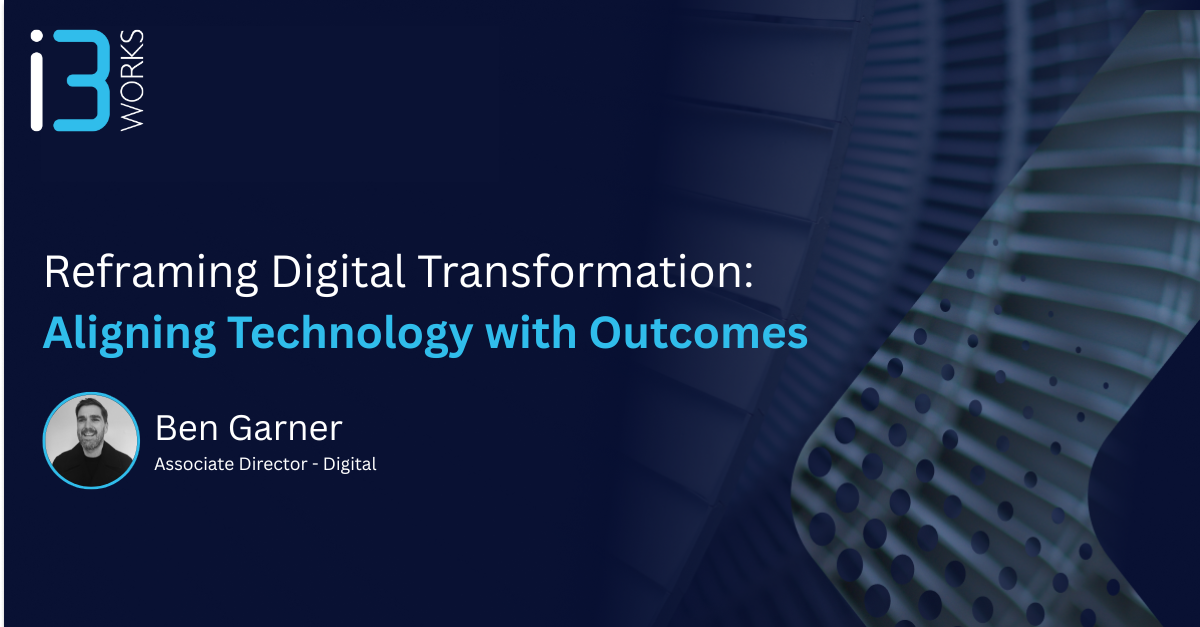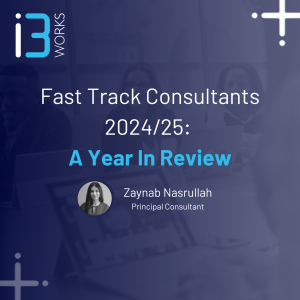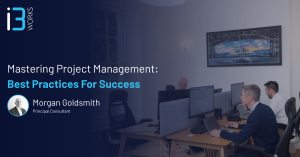Once a rallying cry for innovation, it’s now a catch-all phrase, used to describe everything from strategic overhauls to the long-overdue digitisation of legacy systems. And while the public sector now speaks confidently about the promise of generative AI and automation, the reality is more cautious and there’s good reason why.
With budget constraints tightening and delivery expectations rising, the question is whether public sector leadership can confidently connect innovative technology with strategic objectives. What’s needed isn’t more transformation rhetoric, it’s a shift in mindset. One that repositions digital adoption as a tool for executing business plans and achieving tangible outcomes, not just chasing the next big thing.
As an Associate Director at i3Works leading delivery teams in the public sector, we often see limitations dictate the path with technical innovation seen as a should rather than a must. Yet just one layer beneath the wider directorate vision, there’s a critical space that must be protected: a space for experimentation, for testing the shiny new things, and for creating a common language of success. Without that latitude, innovation risks becoming an add on, rather than an enabler of better outcomes. To truly shift the dial, we need to rethink how transformation is framed, not as a standalone initiative, but as a mindset embedded in how we execute strategy and deliver outcomes.
In practice, we’ve seen that when teams align digital adoption with delivery goals, they’re able to unlock meaningful progress. From small-scale automation to smarter service design, the shift in mindset begins with how we approach delivery itself.
- Designing for everyone
Public services that ensure the spectrum of user needs are central to research and design will have the opportunity to discover better, simpler and more scalable solutions. Shifting inclusion from a compliance exercise to a design principle should encourage teams to not only consider wider technology opportunities but also increase the likelihood of adoption.
- Remembering that technology is a tool, not the destination
We need to make sure we maintain a clear vision for what we want to achieve and that there is a golden thread from our business strategy to product/service strategy to our benefits realisation and success measurements. If we maintain this, our choice of technology will accelerate us our journey to achieve that strategy, if we allow our choice of technology to dictate the direction we risk losing the link to strategy.
- Guiding innovation through responsible governance
Delivery teams shouldn’t carry the full burden of exploring and adopting technologies, whether AI, automation, or developer tooling. The transformation and change we implement could affect people, workflows and inform fundamental decision making. Overlooking cultural and operational realities can lead to adoption resistance or impractical changes to working practices. This is why a central function that can help teams choose the right tools for their context and ensuring emerging tech is introduced with purpose is critical. This isn’t about slowing innovation, it’s focus is about enabling safe and strategic technology use whilst reinforcing that common language of success.
- Workforce enablement
In high-performing digital delivery teams, enablement isn’t an afterthought, it’s a foundation. When teams are equipped with intuitive tooling, supported by accessible data, and given space to build digital confidence, the quality-of-service design and system development improves dramatically. We’ve seen teams thrive when the tools they use, whether for prototyping, testing, or collaboration, are aligned with their ways of working and introduced with purpose. This kind of enablement fosters better decision-making, clearer communication, and more responsive iteration, ultimately leading to services that are not only functional, but genuinely user centred.
If we want digital transformation to mean something again, we need to stop treating it as a destination and start embedding it into how we plan, deliver, and evolve public services – with purpose, with people, and with the right mindset.



